Tamron 35-150 mm f/2-2.8 Di III VXD
10. Autofocus and focus breathing
Autofokus
The Tamron 35-150 mm f/2-2.8 Di III VXD is equipped with the Voice-Coil Extreme-Torque Drive (the VXD letters in its name). According to the producer the new mechanism guarantees fast and precise focusing on objects positioned close and far away.The efficiency of the autofocus of the Tamron 35-105 mm we assessed using the Sony A7R IIIa and the A74 V bodies. When it comes to the fastness we didn't notice any significant differences. In both cases the mechanism was noiseless and quick. Still there was one difference between particular focal lengths that stuck out. At the shortest part of the range running through the whole distance and confirming the focus took just 0.2-0.3 of a second, at the maximum focal lengths that time was extended to 0.3-0.5 of a second. Both values are very good, though so in this category the tested lens deserves to be praised.
When it comes to overall work quality we noticed some wavering and they happened more often with the older Sony A7R IIIa body. The accuracy remained very good, though, because more obvious misses constituted less than 3% of all cases. We also didn't notice any differences between the performane outside and in the studio.
Please Support UsIf you enjoy our reviews and articles, and you want us to continue our work please, support our website by donating through PayPal. The funds are going to be used for paying our editorial team, renting servers, and equipping our testing studio; only that way we will be able to continue providing you interesting content for free. |
- - - - - - - - - - - - - - - - - - - - - - - - - - - - - - - - - - - - - - - - - - - - - - - -
The photos below show that the tested lens didn't have any front or back focus tendencies – everything looked as it should no matter what focal length and what body we used in our test.
| A7R IIIa, 35 mm, f/2.0 |
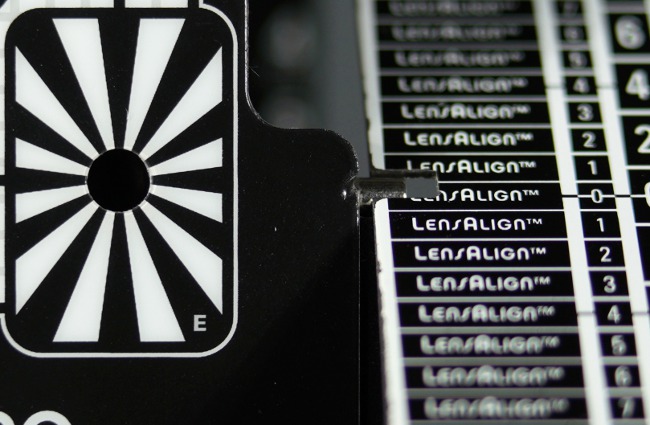 |
| A7R IIIa, 85 mm, f/2.8 |
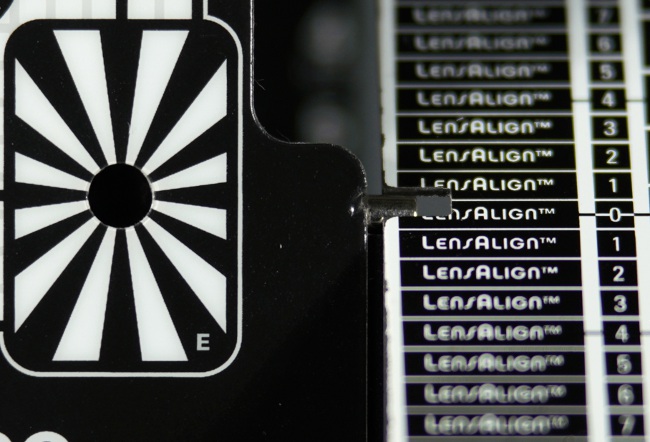 |
| A7R IIIa, 150 mm, f/2.8 |
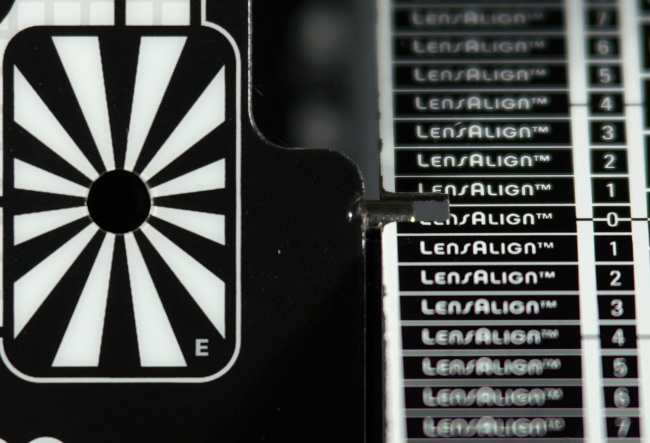 |
| A7R V, 35 mm, f/2.0 |
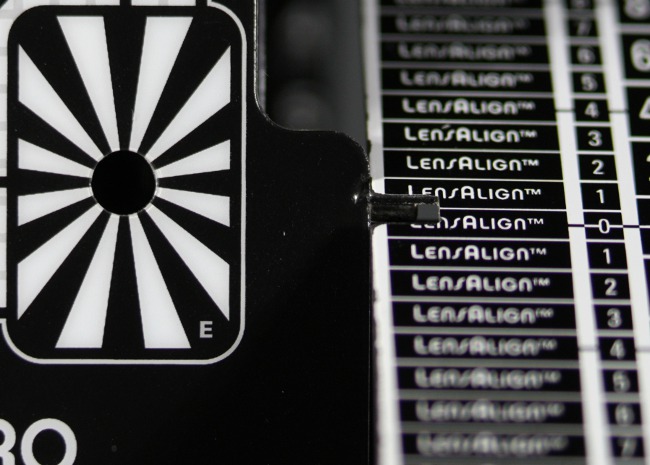 |
| A7R V, 85 mm, f/2.8 |
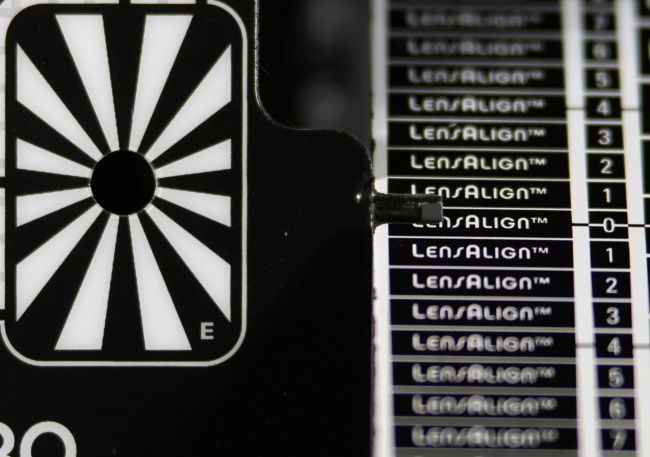 |
| A7R IIIa, 150 mm, f/2.8 |
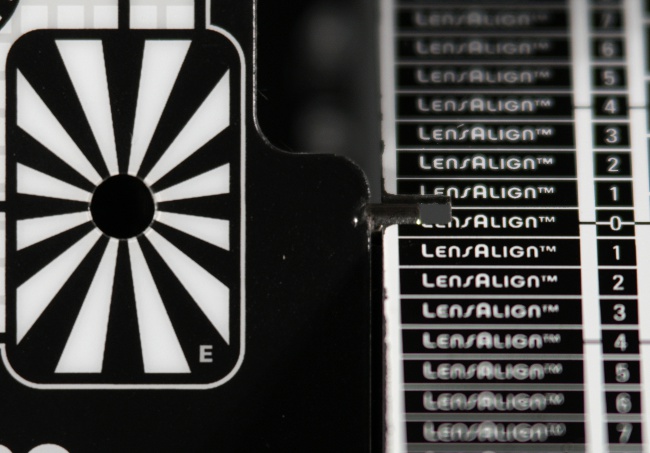 |
Focus breathing
Focus breathing tests show reframing images as you oversharp them. We conduct the test by manually passing from the minimum focusing distance to infinity with the aperture stopped down; then we check how the field of view of the lens changed as a result.A frame change ranging from 0 to 5% we consider to be low. Between 5 and 10% you can speak about medium levels. Usually such values constitute also the maximum efficiency level of any breathing compensation algorithms, present in some bodies. Between 10 and 15% focus breathing is high, above 15% its level can be called very high.
The test video of the Tamron lens is presented below:






